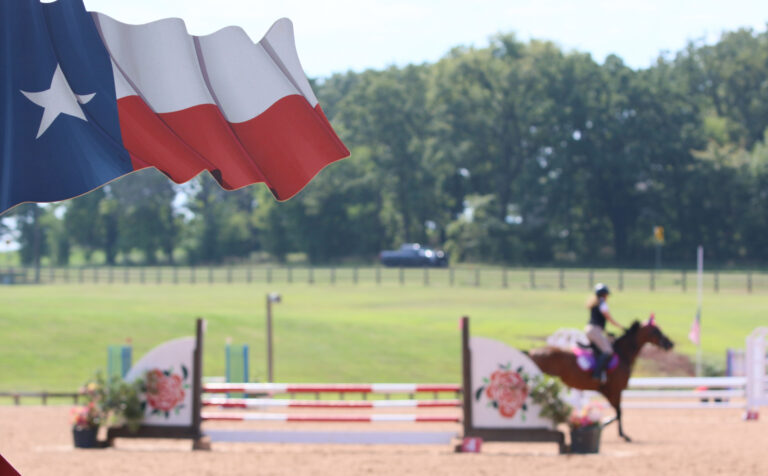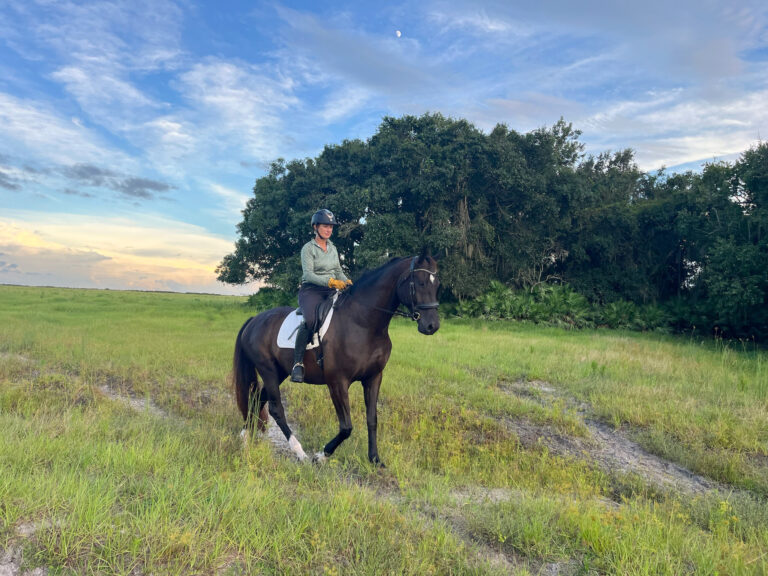As your pregnant mare awaits her bundle of joy, start planning well in advance–before she’s even bred in some instances–with this pre-foaling checklist to set the stage for the best outcome: a calm, comfortable mare; a healthy foal; a happy you.

Before She’s Bred
1. Insure your mare. In the unlikely event that you lose her during foaling, your emotional loss won’t be compounded by financial loss. Most equine mortality insurance policies offer major medical insurance at a relatively small additional premium–a great safety net if you incur foaling complications.
2. Make sure you have a practitioner who’s experienced and motivated to meet your needs. Determine now how closely she’ll work with you during breeding, pregnancy and foaling.
3. Educate yourself. The more you know about what to expect, the better.If you have an opportunity to see or help with actual foaling, take it!
Once She’s Pregnant
1. Plan to be there. Sometimes mares can handle foaling just fine without any help, but sometimes they can’t. If you’ve been monitoring your due-to-foal mare carefully enough to contact your vet at the first signs that birth is beginning, you increase your chances of having assistance on hand if needed. If you’re not sure you can be available, make arrangements for your mare to foal at a facility equipped to care for her.
2. Calculate your mare’s likely foaling date. The majority of my mares foal between 330-337 days from their breeding date, but I’ve had foals born as early as 320 days and as late as 390 days after breeding.
3. Immunize on schedule. Plan with your vet to vaccinate your mare four weeks before she’s due to foal and that all vaccines are specifically approved for use in pregnant mares. The antibodies these vaccines stimulate her to produce will pass to the foal in her colostrum.
4. Accustom your mare to udder handling to make nursing and (if necessary) milking easier. Clean your hands scrupulously before and after handling her udder.
Four to Six Weeks Ahead
1. Prepare the foaling stall and move your mare in at least four weeks before she’s due so she can relax and allow her immune system to build up antibodies to unfamiliar organisms in the stall. I bank the stall with two to three bales of straw but leave shavings in the middle. When she’s about to foal, I pull the straw in from the walls.
2. Set up a heat lamp if your climate is cold. Check that the lamp is free of dust and cobwebs (fire hazards), and ensure that the cord and plug are in good condition and out of reach of horses.
3. Arrange to have a helper. Even an experienced person shouldn’t foal a mare out alone. You need a second pair of hands.
4. Pin down hauling arrangements, just in case. Your mare may need attention at a full-scale surgical facility.Identify the facility; get 24/7 contact info and directions. Keep your truck and trailer hitched and ready to go. If you don’t have a rig, locate someone who can trailer you to the clinic at a moment’s notice.
5. Assemble everything you’ll need during the big event. I like to store this equipment in a “foaling cart” with drawers to keep things organized.
Final Few Days
1. Monitor your mare. Because foaling happens quickly once it begins, you need to observe her almost constantly. Consider installing a video camera in the stall or investing in a foal alert device.
2. Wrap your mare’s tail to make it easier to see underneath before foaling and to help keep tail hairs away from her vagina during the birth. Begin wrapping about a week before the due date.
By following this checklist, you’ll know you’ve done all you can to be prepared and avoid last-minute surprises when the big day–and bundle–arrives.
Deborah Borra’s Normandy Manor Farm is a Swedish Warmblood breeding facility in Western New York’s Genesee Valley.








